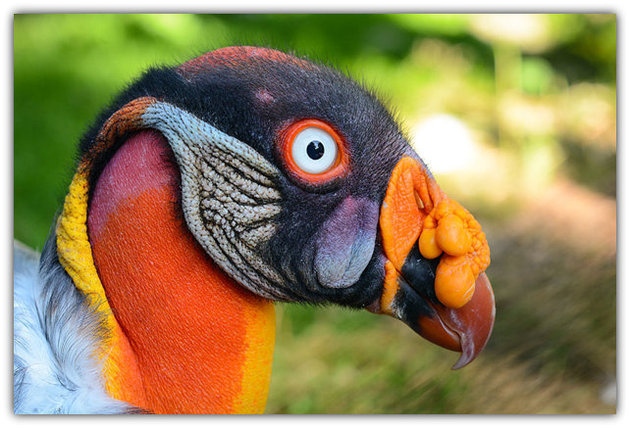1. They can see very well
2. They have very sharp talons to grab and kill their food
3. They have a hooked beak to break apart their food
A few examples of raptors would be vultures, owls, hawks, eagles, falcons, ospreys, and kites. Raptors come in all different sizes. The smallest raptor is the Elf Owl, which weighs less than one and a half ounces and is about the same size as a sparrow (only five inches tall). The biggest raptor ever to live was the Teratorn. It lived during the last Ice Age but is now extinct. Its wing span was between 12 to 25 feet!
Raptors eat only meat. They may eat rodents, fish, bugs, lizards, frogs, snakes, or even other birds and smaller raptors. Most raptors kill their prey. Vultures are the only raptors that eat dead prey.
Raptors may live in many different places. The Great Horned Owl doesn’t build its own nest. It finds old nests made by hawks or even squirrels. Eagles and ospreys build huge nests out of sticks. Some raptor nests can weigh more than a ton! The Elf Owl lives in tree holes. Burrowing owls live in holes in the ground. They use holes dug by prairie dogs, tortoises, or kangaroo rats, or even dig their own.
Many people think that vultures are ugly and disgusting, but some vultures are actually very beautiful! Below are three of my favorites.
| CALIFORNIA CONDOR | BEARDED VULTURE I’m not the only one who loves vultures. The people in Hinckley, Ohio have a Buzzard Festival every spring to celebrate the return of the turkey vultures. Yesterday, I went to the Raptor Center in St. Paul, Minnesota. I met with Joanne Peterson to tour the Raptor Center and learn more about raptors and what they do there. |
At the Raptor Center, you can see what your “wingspan” is. I found that I have the same wingspan as a Great Gray Owl.
| I asked Joanne how people can help raptors. She said that we can help by keeping the environment clean by recycling and reducing our garbage. She told me that they did a study and found out that here in the St. Paul/Minneapolis metro area, all the garbage we throw away in one year could fill the old Metrodome Stadium seven times! The Raptor Center has a program called Recycling for Raptors. You can bring your old inkjet cartridges to be recycled. This keeps them out of landfills and raises money for the Raptor Center. |
Thank you for reading, and I hope you enjoyed learning about raptors!
Evert, Laura and Lynch, Wayne. Birds of Prey. Minnetonka, Minnesota: North Word, 2005. Print.
Laubach, Christina M., Laubach, Rene, and Smith, Charles W. G. Raptor! A kid’s guide to birds of prey. China: C & C Offset Printing Co., Ltd., 2002. Print.
Peterson, Joanne. "Raptor Center." Personal interview. 07 Feb. 2015.
Snyder, Noel and Helen. Raptors of North America. St. Paul, Minnesota: Voyageur Press, 2006. Print.
University of Minnesota Raptor Center. “Recycling for Raptors.” Web. 8 February 2015 http://www.raptor.cvm.umn.edu/SupportGetInvolved/Recycling/home.html.












 RSS Feed
RSS Feed
